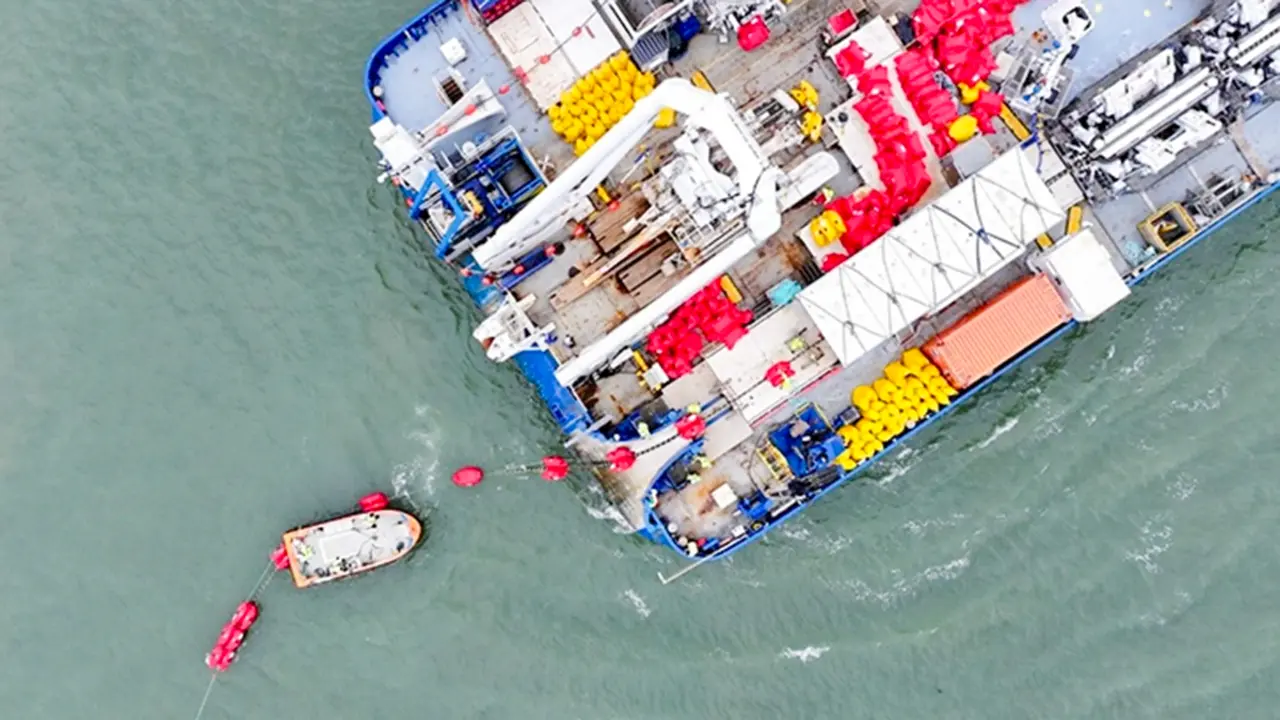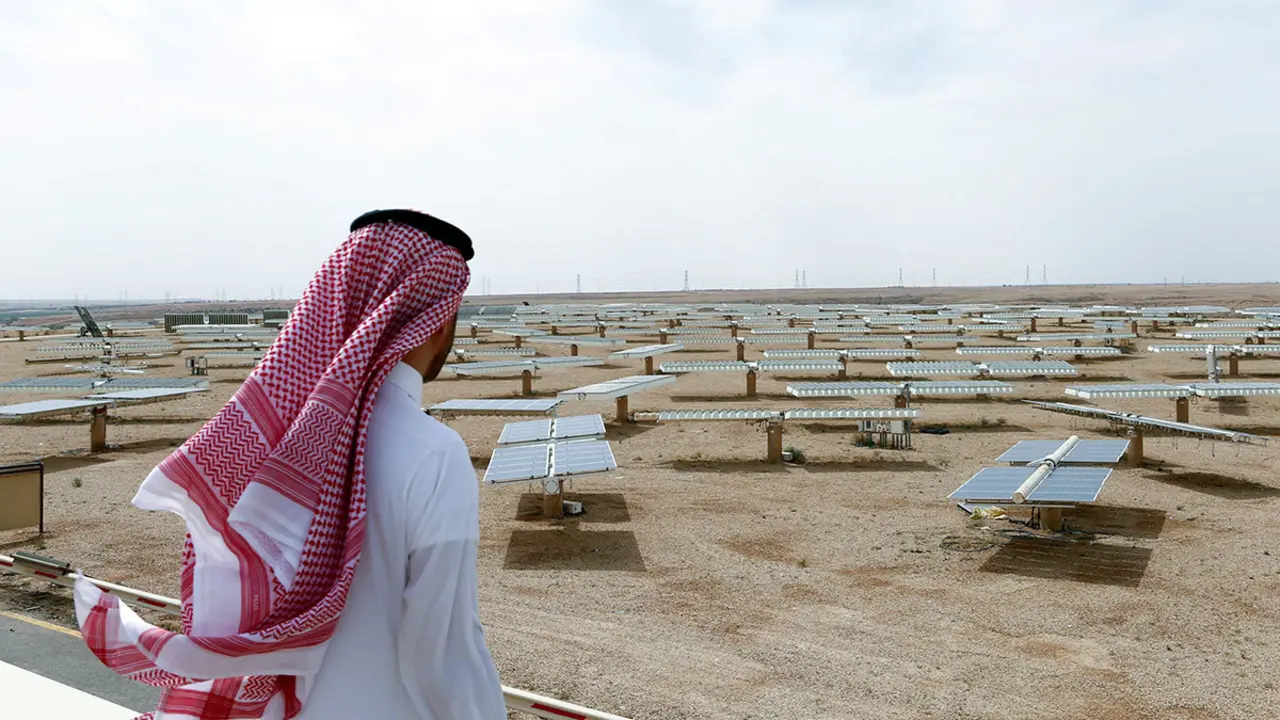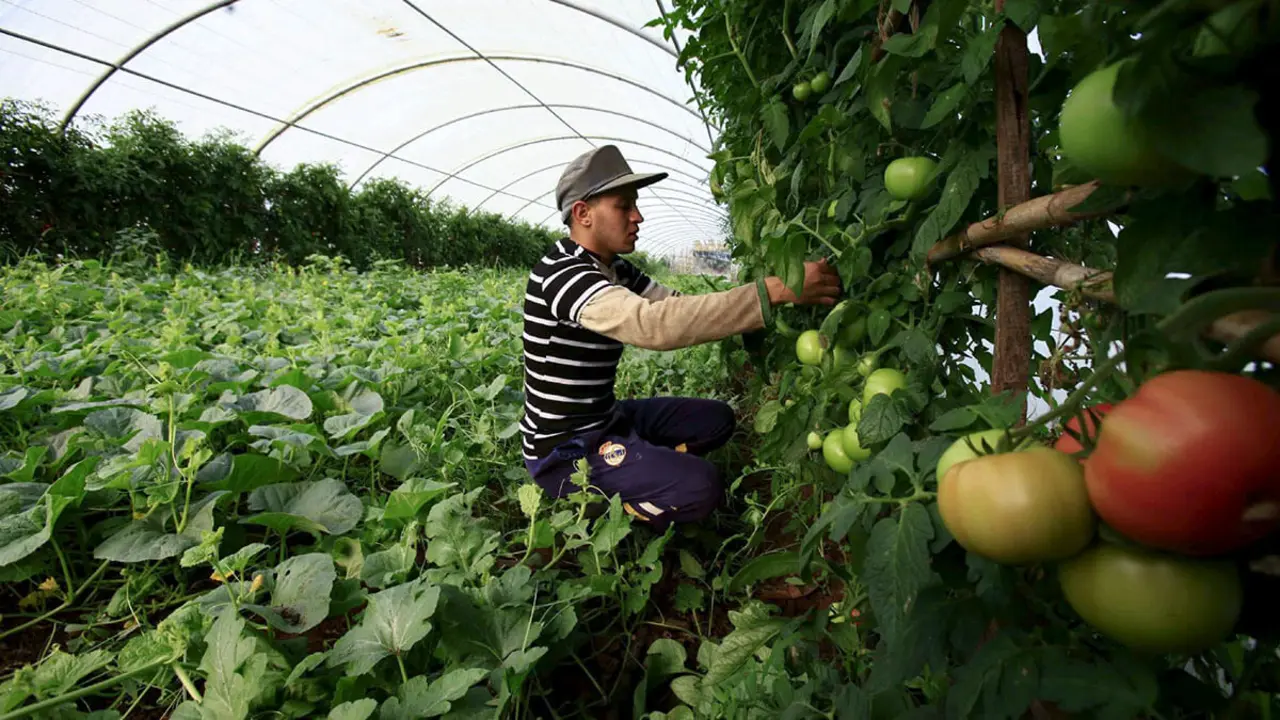Riyadh, the logistics hub of the Gulf

In 2021, Crown Prince Mohammed bin Salman presented the new National Transport and Logistics Strategy. The comprehensive programme aimed to transform the Kingdom into a global logistics industry hub, and it is succeeding. According to the crown prince, the strategy relies on "establishing a leading logistics services industry, creating high quality service systems, as well as applying competitive business models to improve productivity and sustainability in the logistics sector."
Middle Eastern ports took four of the top five places in the second edition of the World Container Port Performance Index (CPPI), produced by the World Bank and S&P Global Market Intelligence Unit.

At the top of the 2021 rankings by geographic region is Saudi Arabia's King Abdullah Port, and in eighth place is the Islamic port of Jeddah. Globally, the Gulf country ranked 38th out of 160 countries listed internationally in the Logistics Efficiency Index. Over the past year, King Abdullah Port recorded a 3.25% growth in container throughput, handling 2,905,306 TEUs compared to the 2,813,920 TEUs recorded in 2021.
Riyadh announced last February its goal of doubling the logistics market by 2023, thanks to initiatives and programmes aimed at developing activity in this sector, making the country a regional and international hub in this field in the future. The Saudi government aims to increase the volume of the local logistics market from around $4.5 billion currently to $15.2 billion by the end of this year.
Saudi Arabia is a major exporter of commodities, holding around 17% of the world's proven oil reserves. In addition to oil, the Kingdom's other natural resources include natural gas, iron ore, gold and copper. In 2021, the value of crude oil exports was $138 billion and refined oil reached $35 billion, with black gold accounting for almost 70% of its exports, the main destination being China. According to the Observatory of Economic Complexity (OEC), in December 2022, Saudi Arabia's main exports were oil, mineral and chemical products, plastics and rubber, while it imported machinery, metals, chemical products and foodstuffs.

The Gulf country aims to strengthen the role of the private sector in transport as it diversifies its economy. The Vision 2030 strategy aims to make the Ministry of Transport's projects 20% self-financing, creating significant scope for private participation in port, airport, rail and road infrastructure.
The National Aviation Strategy is one of the key elements in Saudi Arabia's Vision 2030, as the Kingdom aims to diversify its revenue streams by elevating its travel and tourism sector. It aims to increase air connectivity to 250 destinations, reaching 330 million passengers, and double air cargo capacity to 4.5 million tonnes by 2030, with the Kingdom's airports now connecting to 56 other countries.

GASTAT data shows that the number of commercial flights in 2022 amounted to approximately 701,000, an increase of 41% over 2021. Saudi airports attracted 88 million passengers last year. Saudi aviation is booming with an 82% increase in passenger numbers over 2021.
Saudi Arabia also announced its plan for King Salman International Airport, touted as one of the world's largest airports. Public Investment Fund, the country's sovereign wealth fund, will build the airport over 57 square kilometres. The airport will be able to accommodate up to 120 million travellers by 2030 and 185 million passengers by 2050 and will be able to process 3.5 million tonnes of cargo. The plan is boosting Riyadh as a global logistics hub by promoting transport, trade and tourism.








